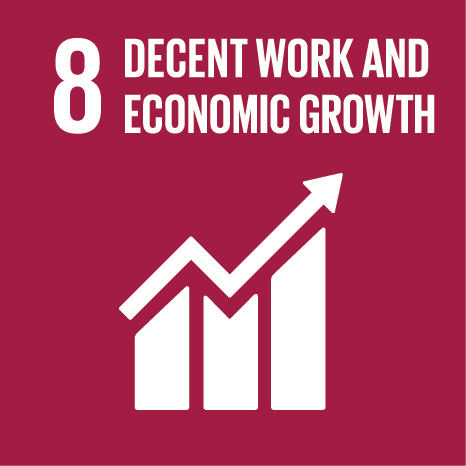Ciência_Iscte
Publications
Publication Detailed Description
Spatial and temporal analysis of COVID-19 in the elderly living in residential care homes in Portugal
Journal Title
International Journal of Environmental Research and Public Health
Year (definitive publication)
2022
Language
English
Country
Switzerland
More Information
Web of Science®
Scopus
Google Scholar
This publication is not indexed in Overton
Abstract
Background: The goal of this study is to identify geographic areas for priority actions in order to control COVID-19 among the elderly living in Residential Care Homes (RCH). We also describe the evolution of COVID-19 in RHC throughout the 278 municipalities of continental Portugal between March and December 2020. Methods: A spatial population analysis of positive COVID-19 cases reported by the Portuguese National Health Service (NHS) among the elderly living in RCH. The data are for COVID-19 testing, symptomatic status, comorbidities, and income level by municipalities. COVID-19 measures at the municipality level are the proportion of positive cases of elderly living in RCH, positive cases per elderly living in RCH, symptomatic to asymptomatic ratio, and the share of comorbidities cases. Spatial analysis used the Kernel density estimation (KDE), space-time statistic Scan, and geographic weighted regression (GWR) to detect and analyze clusters of infected elderly. Results: Between 3 March and 31 December 2020, the high-risk primary cluster was located in the regions of Braganca, Guarda, Vila Real, and Viseu, in the Northwest of Portugal (relative risk = 3.67), between 30 September and 13 December 2020. The priority geographic areas for attention and intervention for elderly living in care homes are the regions in the Northeast of Portugal, and around the large cities, Lisbon and Porto, which had high risk clusters. The relative risk of infection was spatially not stationary and generally positively affected by both comorbidities and low-income. Conclusion: The regions with a population with high comorbidities and low income are a priority for action in order to control COVID-19 in the elderly living in RCH. The results suggest improving both income and health levels in the southwest of Portugal, in the environs of large cities, such as Lisbon and Porto, and in the northwest of Portugal to mitigate the spread of COVID-19.
Acknowledgements
--
Keywords
COVID-9,Elderly in residential care homes (RCH),Spatial-temporal analysis,Geographic weighted regression (GWR),Kernel density estimation (KDE)
Fields of Science and Technology Classification
- Economics and Business - Social Sciences
Funding Records
| Funding Reference | Funding Entity |
|---|---|
| UIDB/00315/2020 | Fundação para a Ciência e a Tecnologia |
Contributions to the Sustainable Development Goals of the United Nations
With the objective to increase the research activity directed towards the achievement of the United Nations 2030 Sustainable Development Goals, the possibility of associating scientific publications with the Sustainable Development Goals is now available in Ciência_Iscte. These are the Sustainable Development Goals identified by the author(s) for this publication. For more detailed information on the Sustainable Development Goals, click here.

 Português
Português




